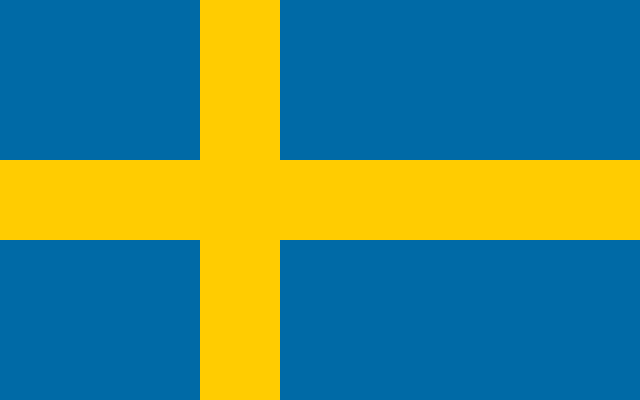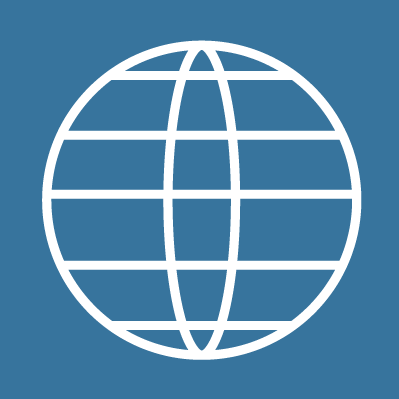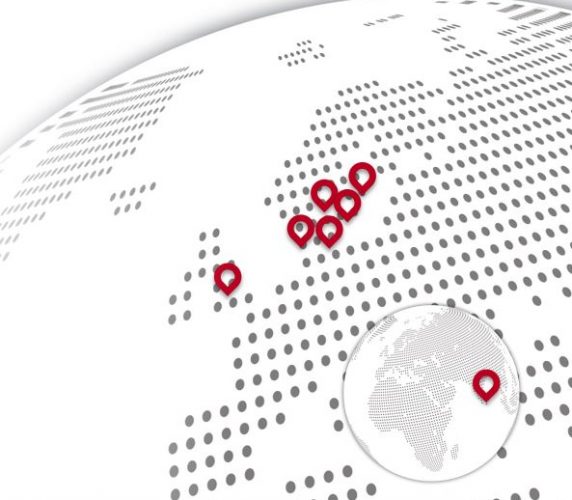maj 26, 2020
The health IT of the future needs to focus on integrating different systems and sectors, and make far greater use of visualisation, according to Cambio Denmark. By Peter Klar, Berlingske
Health IT and collecting health data must not become an objective in themselves; they must first and foremost be a means to attain the health services we want. With all the technical possibilities already open to us, and those we have yet to exploit, we need to discuss what we really want to achieve with our health IT in the long term, and how we can put all the data we have stored to even better use.
In the words of Anne Mette Bang, Managing Director of Cambio Denmark:
- “We need to start a debate about what precisely our health IT should support. Do we want patient safety, efficiency or economy? It is not difficult to buy a system capable of many different functions. The challenge is to find a solution that supports the health services we want, and that solution is not necessarily just one system.”
Open standards
Cambio’s own contribution to the debate and development consists of basing its systems as far as possible on open standards. This is partly to encourage exchanges of data between sectors in the health services, and partly to allow scope for the greatest degree of flexibility and freedom of choice, enabling customers to combine IT solutions to suit their own needs. Two of Cambio’s three main products, the clinical decision support system CDS, and CIS for intensive care units and anesthesia, are already based on open standards and can be integrated with other systems.
The third of Cambio’s main products, the COSMIC EHR system, is undergoing constant development, where the aim is to use open standards that can be integrated with other systems or adopt them.
“I sometimes use the expression ‘flex-system principle’ for this type of flexibility, which we know will be important in future health IT. Different customers do not only have different preferences for a system. They need different components at the same time to obtain the total solution that functions best for them.
They do not want to be restricted to a locked system which may perhaps have a good booking component, but where the medication module is not ideal for their requirements. As a customer, I would look for flexibility, capacity for adaptation and options for integration with other systems,” says Anne Mette Bang.
Integrating systems and sectors
She believes that integration between sectors is becoming more and more important because our health policies are constantly changing.
“For instance, at a time when a number of health functions are gliding over from the regions to the municipalities, integration between different systems and sectors becomes more relevant all the time. Our health IT must keep up if we want patients to be treated in their own homes to a greater extent, or we want even more preventive measures in the local health sector. Measuring and monitoring will be necessary, increasing the need to integrate systems and exchange data,” says Anne Mette Bang.
Much more visualisation
In addition, she anticipates that the dashboards and graphic presentations already featured in many solutions will only be the tip of the iceberg compared to what is coming – or should be coming – with regard to visualisation.
“Of course, it is vital that we have the data available, but we cannot simply focus on sharing and reading data. In future, our solutions must be less concerned with storing and reading data, and far more with structuring and presenting data. The central question must always be how to make data available and easy to understand as early as possible for clinicians, patients and residents. Clinicians have less and less time to attend to individual patients and treat them. There is a constant need for the fast, but detailed overview that visualisation can provide. At the same time, the generations growing up as the clinicians or patients of the future are becoming increasingly visually-oriented through images and video in their daily lives. For that reason, it is vital that we can provide visualised data in our health IT in the future,” says Anne Mette Bang.
Cambio Healthcare Systems is a Swedish-owned IT company established in 1993, which is exclusively concerned with health IT. A leading supplier of information systems to the Scandinavian health sector, Cambio is expanding in the European market, and now has about 170,000 users in emergency centres, university hospitals, specialist clinics, and in the primary sector. Customers with Cambio end-to-end solutions provide health services for four million patients. In Sweden, Cambio’s market share is 65 per cent. In Denmark, Cambio systems are used in several hospitals, and also by the defence services. Customers also include the Faroe Islands, Greenland and Iceland. Globally, Cambio employs about 700. Besides implementation and operation for Danish customers, Cambio Denmark is in charge of developing Cambio’s system for intensive care units and anesthesia, CIS.
See more at www.cambio.dk
Written by Peter Klar, Berlingske
Download the original article here>




